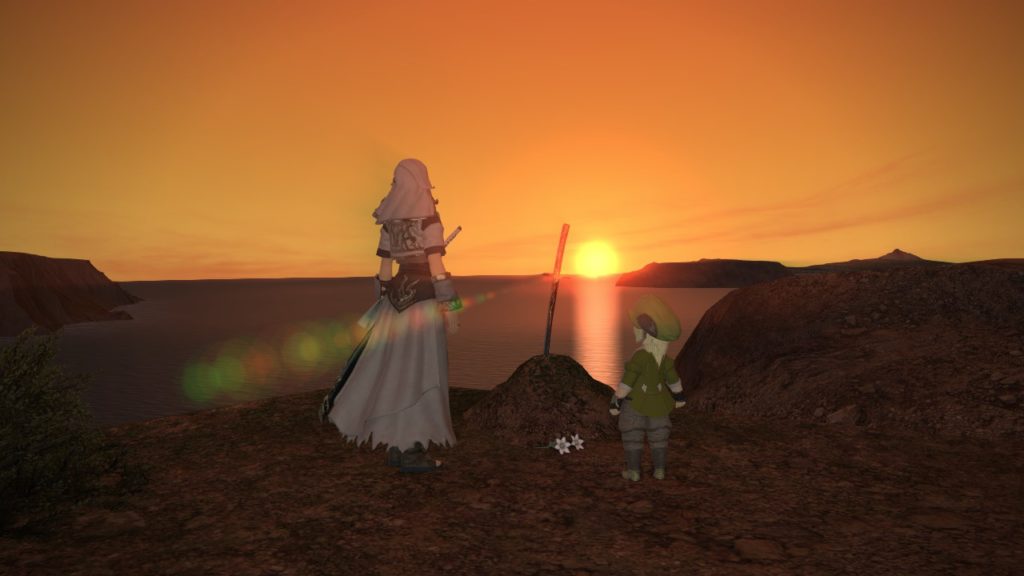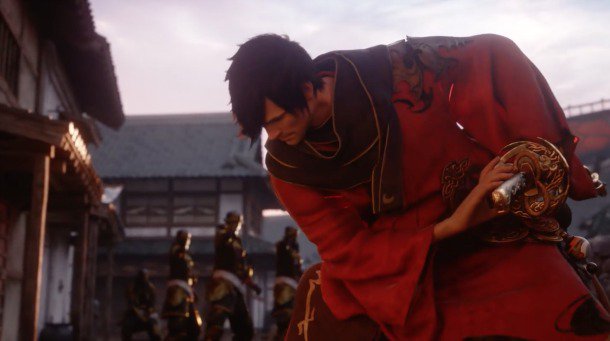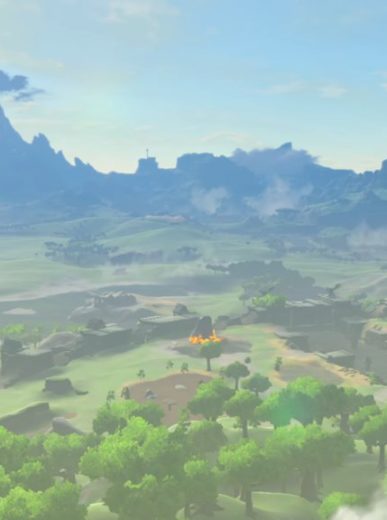With the new Stormblood expansion, Final Fantasy XIV has introduced two brand new jobs for players to try out. These are the Samurai and the Red Mage. I haven’t had the chance to get some hands-on time with Red Mage just yet (though I hope to do so eventually), but the Samurai quests have me completely hooked. It’s no secret that Final Fantasy XIV’s writing is far above and beyond not just what we typically see in MMOs, but it’s also stellar by Final Fantasy series standards as well, and the Samurai quest line is yet another shining example that encapsulates that.
Warning: Major spoilers for the Samurai Job quests from levels 50-60 to follow.
The quest starts off simply enough. The Warrior of Light meets an old and sick Samurai master in Ul’ Dah, who decides to take you in as his pupil. Upon learning the basics of katana wielding, my character Alethea was then tasked with cutting down some criminals in the city. We quickly learn that Musosai is obsessed with justice. And I mean obsessed. He expresses his intolerance for crime every chance he gets, and he says stuff like, “Evil must be excised!” With a straight and very serious face. And with his katana drawn.
Accompanying us on our travels is a little Lalafell male who goes by the name of Momozigo. Like most Lalafell characters in this game, Momozigo is a cheerful and fiercely loyal companion. Though he’s not exactly well-versed in the art of the katana, he’s determined to help Musosai on his quest for justice. Together, our trio then sets on a journey around Eorzea, battling crime wherever it’s found. In true samurai fashion, Musosai often ends a Job quest with the line, “Let us go wherever the wind takes us.” Right off the bat, these quests are already so great at conveying that lone wanderer spirit (though we’re not really alone because we’re in a trio) that often goes hand-in-hand with that samurai vibe.
Things only start to take a turn when we reach Gridania, where Momozigo goes missing during our hunt for yet another criminal. When we finally find him, he reveals that he’d organized a concert in Gridania’s Amphitheatre before. However, Momozigo had been in a lot of debt at the time, and so he ran off with the money made from the advance ticket sales. Feeling too guilty to show his face in Gridania, he ran off. Knowing that Musosai was a stickler for justice, he willingly surrendered his life to the Samurai. And of course, evil must be excised.
But instead of taking Momozigo’s life, Musosai draws his katana and slashes the air in front of him in one quick strike. He tells Momozigo that the evil inside of him has been killed, and that he can now dedicate the rest of his life to doing good in the world. At this point, we learn that Musosai’s illness grows more severe, but he tells us that he can’t die yet, as he has one more mission to complete. It’s revealed that Musosai is actually on the hunt for a wayward Samurai named Kogarashi who had betrayed their code years ago, and that it was his duty to bring him to justice.
The trio heads to Ishgard next, and it’s here that Musosai’s health begins to really fail him. However, he tells Alethea that he’s located Kogarashi, and instructs her to meet him at the snowy mountain peaks of Coerthas.
It’s here that he reveals that he’s actually Kogarashi. Years ago, he journeyed around the world with a pupil, but due to a lack of guidance, his pupil went on a murderous rampage and became a serial killer. As his master, it was Kogarashi’s duty to dispatch of him, or take his own life via seppuku if he failed to do so. Kogarashi was unable to kill himself due to cowardice, and so he strove to train another pupil who could one day be strong enough to defeat him in battle. That’s right. A samurai battle atop the peak of a snow mountain. It doesn’t get any edgier than this.
What follows is an intense one-on-one battle of epic proportions, where both Kogarashi and Alethea unleash all the Samurai skills they’ve mastered at this point. It’s a battle that requires you to use every single skill you’ve learned so far, and it’s almost impossible to beat unless you have a good grasp of what each of your abilities do. Well, unless you cheese it with over-leveled gear or Max Potions, of course. But for what it is, this single battle ended up being one of the most impressive and memorable ones in Final Fantasy history. Finally, here was a fight that was not only mechanically sound, but also full of meaning and personal stake due to its ties to the story arc you’d been following all this while. It might not be as flashy as some of the cooler boss fights we’ve seen in the recent Final Fantasy XV or even the XIII saga, but it was undoubtedly more impactful than anything I’d seen in those games.
Alethea won the fight, of course. And just for added emotional impact, Momozigo arrives on the scene as well, heartbroken by the events that have transpired. Looking up at the Warrior of Light, Kogarashi – or Musosai, as we know him – tells her one last time that evil must be excised. And doing what he did for Momozigo before, Alethea draws her katana and slashes the air in front of him, excising whatever evil was inside Musosai. The man still dies from his wounds and illness, but the Warrior of Light is at least able to give him a peaceful death.

The level 60 quest ends with Alethea and Momozigo burying Musosai in Thanalan, with the pair looking over the scenery in a glorious sunset. It really is a sight to behold, and it’s a fitting end to the well-worn Samurai who had dedicated the twilight years of his life to find and train a pupil who was nothing but good in order to achieve some peace for his own sins and guilt. The Samurai story hasn’t ended, though, and there’s more to come from levels 60 to 70. From what I can tell, it looks like the Warrior of Light will continue where Musosai left off and help to bring his wayward disciple to justice.
Though the story arc itself was relatively short, I couldn’t help but compare it to the side story I got while completing the Bard quests back in A Realm Reborn. That story was certainly serviceable and entertaining for what it was, but it lacked the spirit and charm that was consistently present in the Samurai quests. Final Fantasy XIV’s story and writing keeps improving with each expansion, and it’s certainly come a long way since its relaunch. I wrote about the ARR story some months ago, where I gushed about its characters and writing. Though Heavensward didn’t do much for me personally, the new story content in Stormblood looks very promising.
We’ve known it for a while now, but with this latest expansion, it’s abundantly clear that Final Fantasy XIV is fast becoming one of the best written games in the Final Fantasy series.


There are no comments.